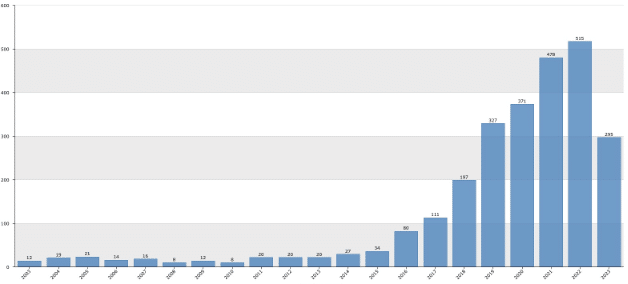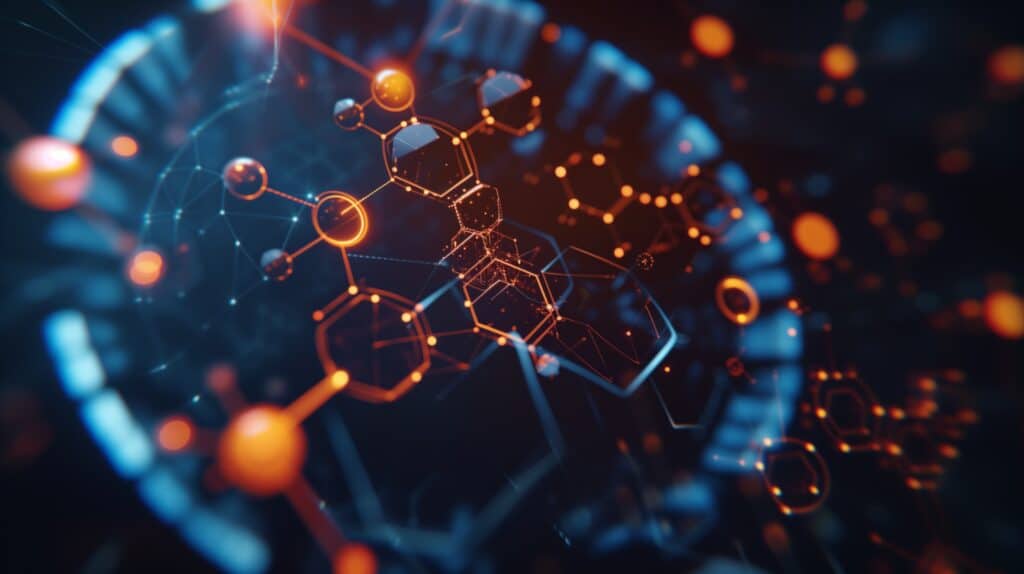Stay up to date with the latest Gevers news by signing up for our newsletter.
Artificial Intelligence (AI) is today applied in almost all technology areas. The BioTech field is no exception to that. In many BioTech innovations, AI is involved and absorbs a lot of the investments. To have a reliable return-on-investment, a pro-active approach with respect to protecting these innovations is a must.
How to protect your AI innovations?
With the raised impact of AI on BioTech Developments, a corresponding IP strategy that considers the specifics of AI, is needed. The IP strategy should include appropriate protection for AI algorithms, the data processed, as well as the products developed using the algorithms.
With the introduction of AI, a lot of focus is shifted from fundamental research to neural network developments. This provides BioTech companies new opportunities that produce challenges due to their unfamiliarity, namely the area of computer-implemented inventions.
One of the first questions raised by a company starting with AI is: “Is AI patentable at all?”. It’s a crucial question when creating the IP strategy. The answer is luckily “Yes”, although it’s a yes with conditions. If AI contributes to reach a technical purpose, then AI is taken into account for the evaluation of obviousness. In practice, this means that if the invention involves, for example, a neural network to accomplish a certain task, the European Patent Office (EPO) must assess whether the accomplished task is technical.
In a scheme:

When a data set is used in a neural network, together with other features to accomplish a task as illustrated in the scheme, the automatic question that must be raised is: “Is the task having a technical purpose?”. If the answer is yes, the neural network would then be considered for the evaluation of obviousness (inventive step). If the answer is no, then the neural network is not taken into account.
When using AI, a specific training data set is typically created. Therefore, an obvious next question in the IP strategy for AI inventions is: “Can the training data set be protected?”. Also in this aspect, there are opportunities to create patent protection. If the training supports achieving the technical purpose, the training data set can be protected.
The training data set is one aspect, but what about the steps of the training phase? Here also, if the steps of the training phase support the technical purpose, the steps of the training phase can also be protected.
From what is written above, understanding the technical aspects is important to determine opportunities for patent protection. Therefore, several examples of what is ‘technical’ are below as a reference:
- digital audio, image or video enhancement or analysis, e.g. medical images analysis;
- providing a genotype estimate based on an analysis of DNA samples, as well as providing a confidence interval for this estimate so as to quantify its reliability;
- deriving the body temperature of a subject from data obtained from an ear temperature detector;
- compression of audio, image, video or sensor data;
- data coding;
- determining the energy expenditure of a subject by processing data obtained from physiological sensors;
- providing a medical diagnosis by an automated system processing physiological measurements;
- predicting binding affinity of one molecule to one target protein.
A search done with respect to patent publications directed to AI inventions in the BioTech field illustrates how AI becomes more and more important in the last 5 years.

The increase of patent publications started in 2016 and continues to rise. It is expected that this accelerated pace will continue in the coming years.
A typical example of a granted patent using AI in the BioTech field is EP2550529. The patent relates to identifying ligands. During prosecution, the EPO confirms that identifying ligands involves a technical purpose causing that non-technical features contributing to the identification of ligands are considered for the evaluation of obviousness (inventive step).
In conclusion, now that AI has fully entered the BioTech field, it is more strategic and useful than ever before, to have a well-thought IP strategy that considers the opportunities for specific for computer-implemented inventions.
